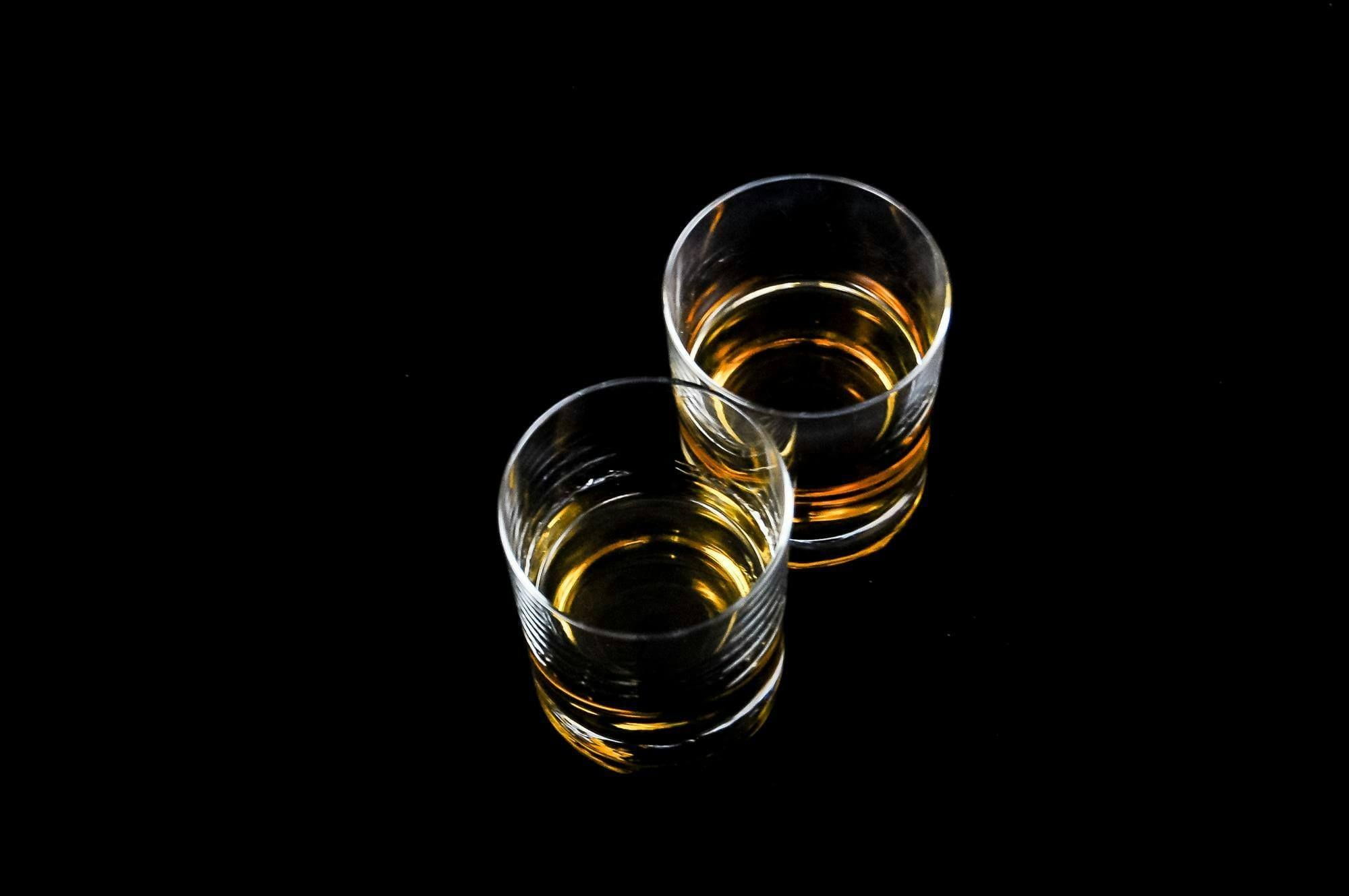Whiskey, Reimagined: Hydrogen for a New Era of Distillation

With the use of hydrogen for distillation, the future of the spirits industry may be about to change—for the better.
Beam Suntory, maker of globally-loved whiskies like Jim Beam, Maker’s Mark, and Suntory Whisky, recently announced its success in producing whiskey with hydrogen as the sole fuel source.
This breakthrough represents a massive step toward a sustainable spirits industry. If the Beam Suntory advancement is any indication of where the industry is headed, we may soon be able to enjoy a glass of guilt-free, sustainable scotch. And it’s all thanks to hydrogen.
Table of Contents
- The Beam Suntory Breakthrough
- Hydrogen Distillation, Explained
- Early Successes Pave the Way
- The Sustainability Impact
- Collaboration Breeds Innovation
- A Toast to Sustainable Spirits
The Beam Suntory Breakthrough
Beam Suntory is a global producer of many beloved spirits, with facilities around the world. The brand has an enormous portfolio of spirits that includes:
- Whiskeys
- Tequilas
- Rums
- Gins
- Vodkas
- Cognacs
The 100% hydrogen-fuelled whiskey trial took place at the Suntory Yamazaki Distillery in Osaka, Japan. The onsite team used hydrogen fuel to power the entire process, resulting in a bottle of whiskey with a far smaller carbon footprint. This “WhiskHy project” aligns with Beam Suntory’s goal of having net zero emissions by 2040.
By taking advantage of hydrogen for distillation, Beam Suntory was able to achieve net-zero distillation.
The Science and Process Behind Hydrogen for Distillation
As you may know, whiskey production is steeped in history and tradition. So, how does a century-old process incorporate the relatively new technology of hydrogen fuel?
Let’s break down the processes behind the ground-breaking Beam Suntory initiative.
Understanding Direct-Fired Distillation
Whiskey is made by straining a fermented liquid into a still, then heating that still to extract the alcohol as a vapor. Traditionally, most whiskey is distilled through “direct-firing,” a process in which flames come into contact with the still. The flames provide the heat, which vaporizes the alcohol and encourages Maillard reactions that enhance the flavor of the finished product.
In the past, these flames were fueled by coal, wood, or, more recently, steam and heavy fuel oil. Burning these products releases carbon emissions into the atmosphere.
By using hydrogen to create the flame, whiskey producers like Beam Suntory can significantly reduce carbon emissions—without abandoning the tradition of direct-fired whiskies.
The Role of Green Hydrogen
Green hydrogen, in particular, is the way forward for distilleries hoping to curb carbon emissions. Made through the chemical process of electrolysis, which separates hydrogen from the oxygen in water molecules, green hydrogen is the gold standard of hydrogen.
Green hydrogen is especially beneficial because it can be produced on-site, eliminating the need for transportation.
The initial Beam Suntory trial did not use green hydrogen; instead, it simply specified that the gas was “sourced locally.” However, the distillery has announced its plans to produce green hydrogen on-site.
From Trial to Tradition: The Path Forward
The breakthrough at Beam Suntory is exciting because it shows other producers what’s possible. The spirits industry, so steeped in tradition, can be resistant to change—especially to alterations that may impact the flavor and quality of the final product.
The hope is that, by demonstrating the power of hydrogen for distillation, Beam Suntory will encourage other producers to follow suit.
Already, Beam Suntory isn’t the only one pivoting to sustainable whiskey making. In 2022, Scottish Power revealed their plans to use hydrogen to clean up whiskey distillation in the Scottish highlands, while distillers in Ireland have set their sights on building a renewable-powered distillery.
The Sustainability Impact: Green Hydrogen in Whiskey Production
Once all these distilleries become operational—and others follow suit—we’ll see a revolution in the spirits industry.
You may not think of distillation as an emissions-heavy industry, but producing whiskey requires enormous energy. Finding a cleaner source for that energy (green hydrogen) allows for an impressive reduction in carbon emissions. On its own, the Beam Suntory WhiskHy project has a decarbonization opportunity of 606,000 tonnes.
Collaborative Innovation: Partnerships Paving the Way
Of course, projects like these don’t magically happen overnight. The transition to cleaner energy sources like hydrogen is supported by energy innovators, researchers, and government programs. For initiatives like these to work, collaboration is essential.
This Beam Suntory innovation is a terrific example of organizations coming together for sustainability. Credit where credit is due: Beam Suntory recognized the need for a cleaner production process, the UK Government provided funding, and the carbon removal company Supercritical implemented the solution.
In other words, partnership made this breakthrough possible. And partnership will continue to be a vital part of reducing emissions—not just in the spirits industry but everywhere.
A Toast to Sustainable Spirits
As initiatives like the WhiskHy project show, green hydrogen may be the key to cleaner spirits production. Green hydrogen allows organizations to embrace sustainable practices and showcase their commitments to environmental stewardship.
If you’re interested in implementing hydrogen to clean up your processes, FASTECH can help. With our renewable energy EPC services and experience in end-to-end energy solutions, we can work together to create a more sustainable future.
And we’ll gladly raise a glass to that.




